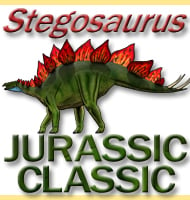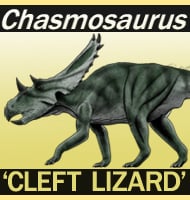Siamodon
In Depth Although named from only a maxilla and tooth, the remains of this dinosaur are still complete enough to confidently identify it as an iguanodont. In life Siamodon would have been a medium to large sized ornithopod dinosaur that would have been primarily quadrupedal, but also occasionally bipedal. Although identified as being separate, Siamodon … Read more

